It’s currently possible to track some British combat aircraft around the world, including those deployed on operations against Islamic State. The Ministry of Defence however, isn’t worried.
Kevan Jones, Member of Parliament for North Durham, asked:
“To ask the Secretary of State for Defence, what steps his Department is taking to counter open-source tracking of RAF aircraft.”
Mark Lancaster, Minister of State at the Ministry of Defence, replied:
“Safety remains paramount. Most military aircraft are fitted with civil standard Mode S Transponders. Mode S transponders are primarily required by Air Traffic Control centres and for aircraft to identify each other as a key element of air-to-air collision avoidance technology. Open-source tracking is a bi-product of that safety critical technology.
Many military aircraft with an operational role also have NATO Mode 5 military standard Transponders. Popular flight tracking websites track aircraft operating Mode S; they cannot track aircraft operating NATO Mode 5. When undertaking operations which are segregated from civil air traffic, NATO Mode 5transponders can be utilised and Mode S switched off. In addition, many of our military aircraft are fitted with appropriate defensive aids countermeasures and other force protection measures can be employed if deemed necessary.
When operating alongside civil air traffic, military aircraft are mandated to operate Mode S in order to comply with International Civil Aviation Organisation communications, navigation, surveillance and air traffic management systems guidelines. The civilian air safety working processes, hailed as best-practice, are applicable to military aircraft, including all NATO partners.”
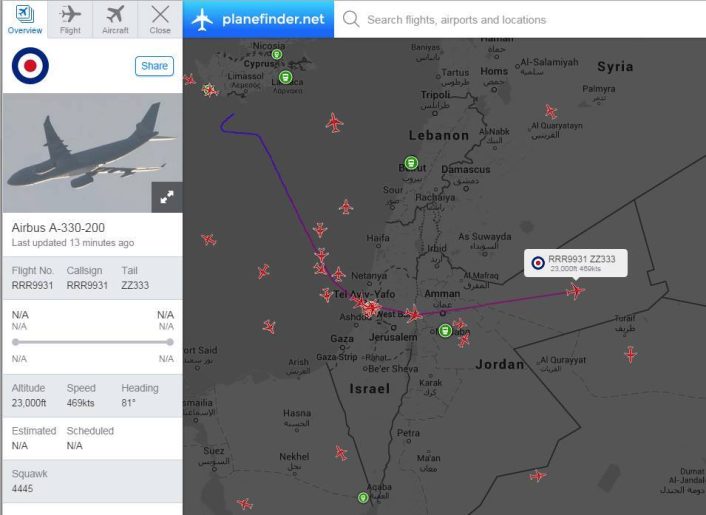
Although the majority of the aircraft you’ll be able to track using websites like Planefinder are airliners and business jets, military aircraft are also equipped with Mode-S ADS-B-capable transponder however, these are usually turned off if deemed necessary.


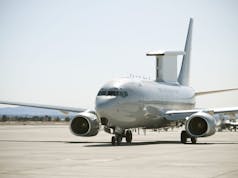
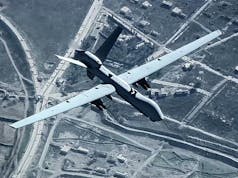

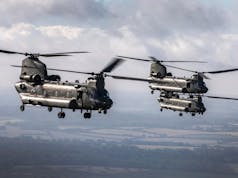
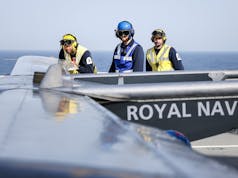
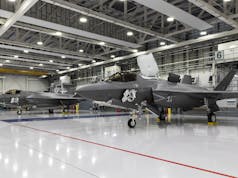
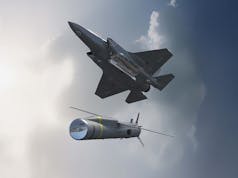

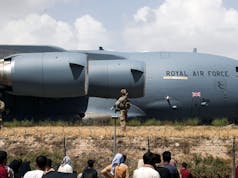


Even though on the face of it having the World know where you are is highly advantageous in some situations such as when flying in contested airspace like over Syria. The NATO standard Mode 5 IFF is not compatible with Russian aircraft IFF and vice versa. Using Mode S (ADS-B) allows deconfliction between NATO and Russian aircraft over Syria. It also allows Controllers to see if an aircraft has “accidentally” flown across a demarkation line such as the Euphrates and alert the pilot etc.
If there was a real shooting match, the Mode S would be turned off and we’d rely on Mode 5 to determine who was friend or foe. Mode 5 is also much harder to detect due to the complex transmitted waveform.
Surely any emission can be triagulated?
Not nowadays. LPI (Low probability of Intercept) is pretty standard on radars and radios. You can do all sorts of sneaky digital signal processing to hide radio transmissions in background noise or have them burst transmit or frequency hop at many times a second.
all of which can be tracked, they just make it harder. Frequency hop only works if the receiver knows which frequency you will be on at any moment in time and so the enemy can also know this, it’s just a cope to crack. Burst mode is much harder but if you know someone is in a rough area and they use burst common often enough, it’s possible to track. The same with sat comms, they were thought to be impossible as they went up in a tight cone but they were also tracked.
In the event of a peer war, there would need to a lot of difficult decisions around these, whether better to take the risk of being tracked and gain awareness or reverse.
All true and correct, more modern comms and radar are using ever wider bandwidths. This gives transmissions a larger area to hide in. Direction Finders, radar warning receivers and electronic surveillance gear use repetitive pattern recognition to determine the type and direction of a transmission. If a transmission is jumping all over the RF spectrum using random generated keys, it makes surveillance even more harder to pick out the true transmission amongst the background noise or jamming. Aircraft like the Sentinel and Rivet Joint are designed to hoover up huge amounts of RF data that is latter analysed to determine transmission pattern keys to help better recognise LPI radar, burst transmissions and wide band transmissions. It a constantly evolving game and we’re rather good at it!
[…] post Ministry of Defence allay concerns over open source tracking of military aircraft appeared first on UK Defence […]